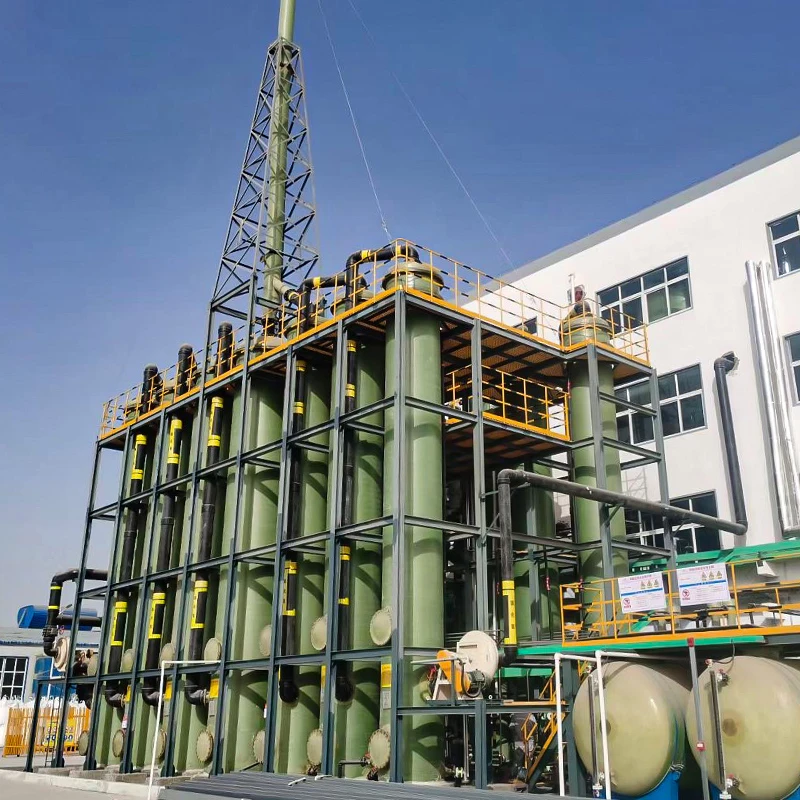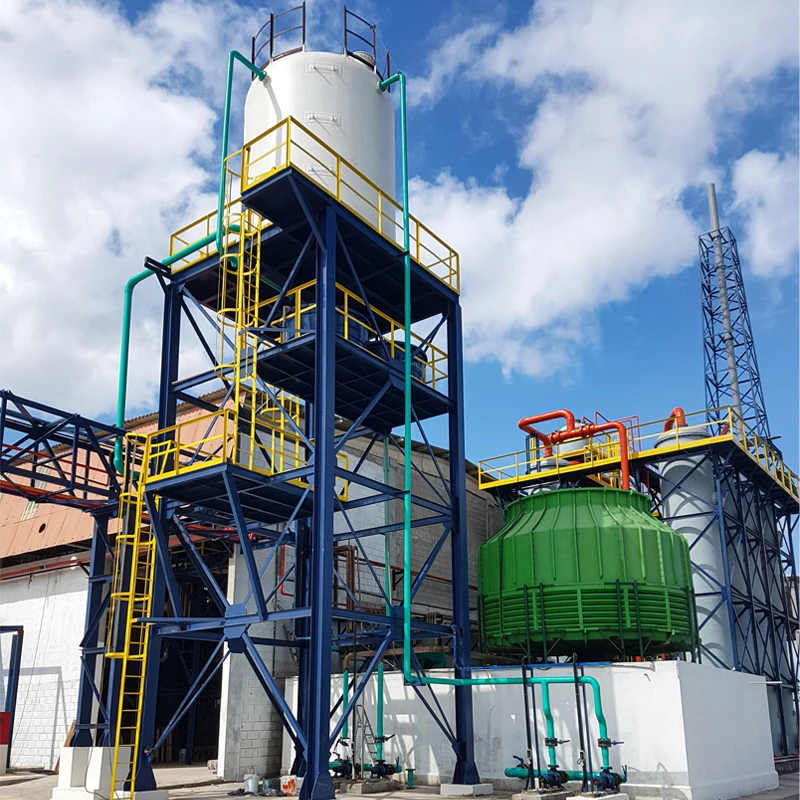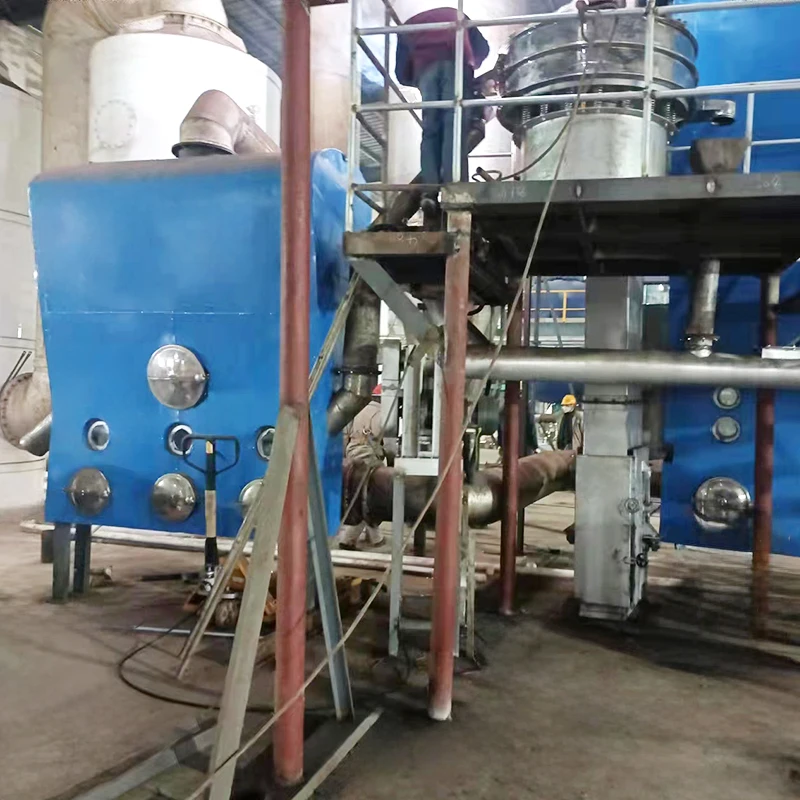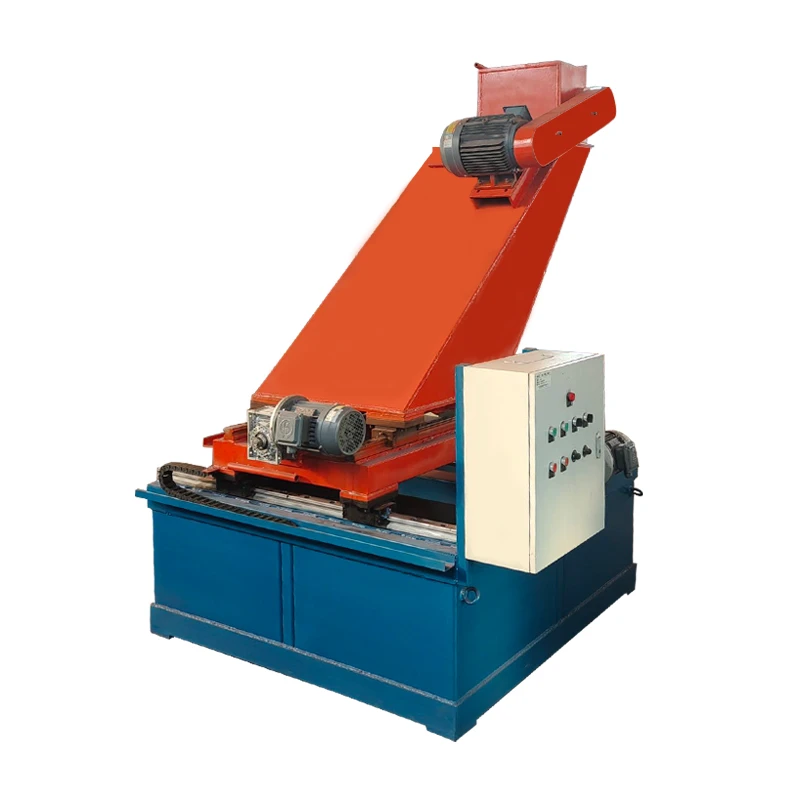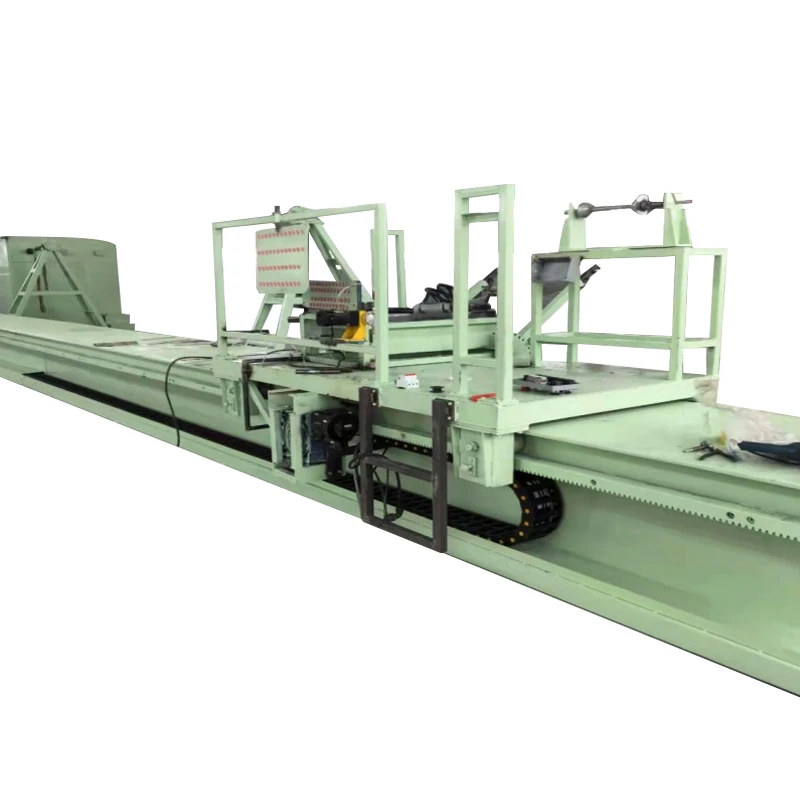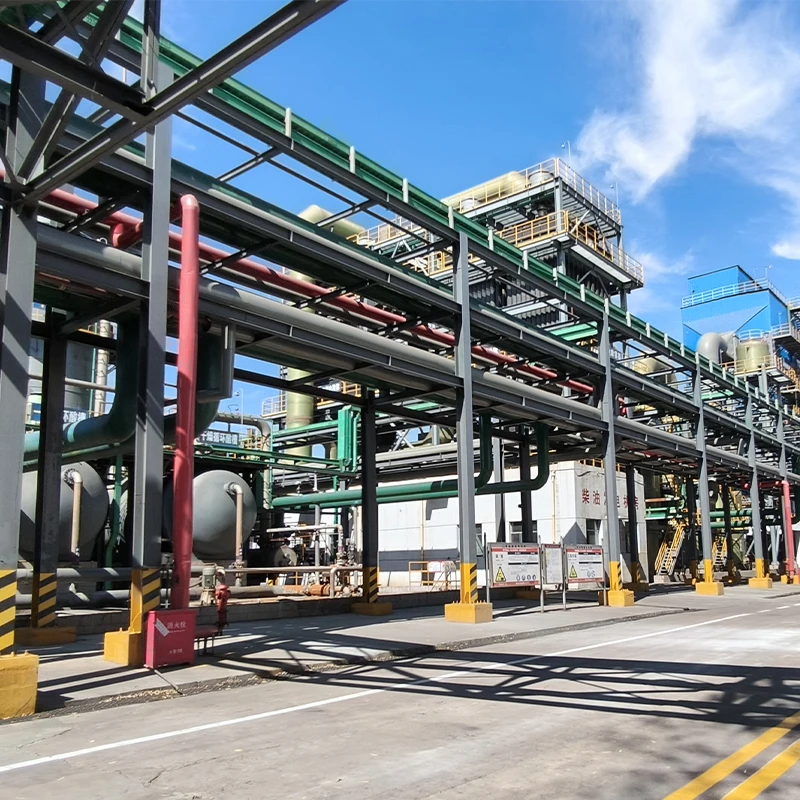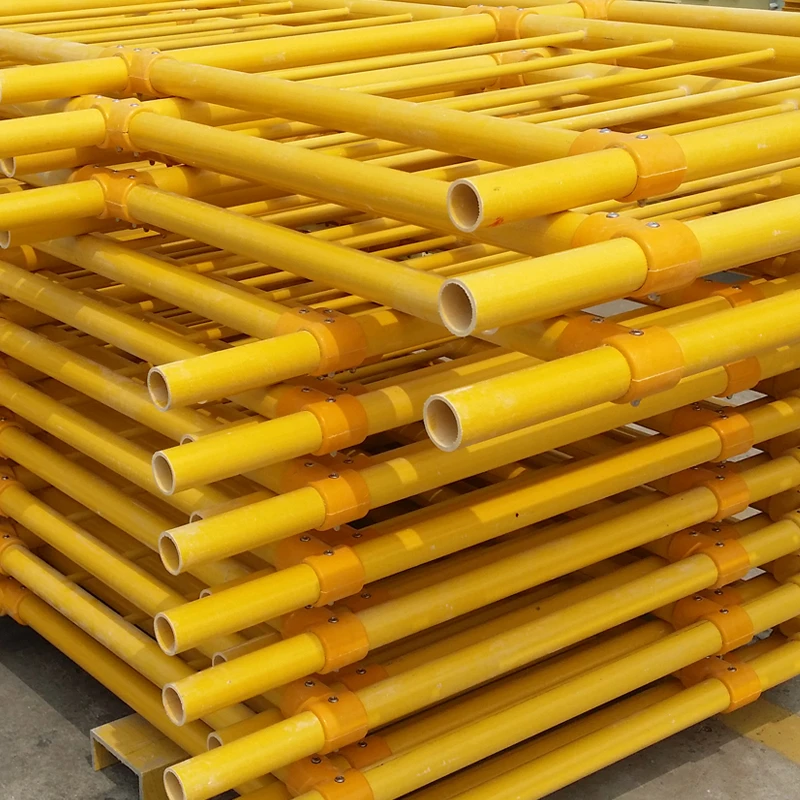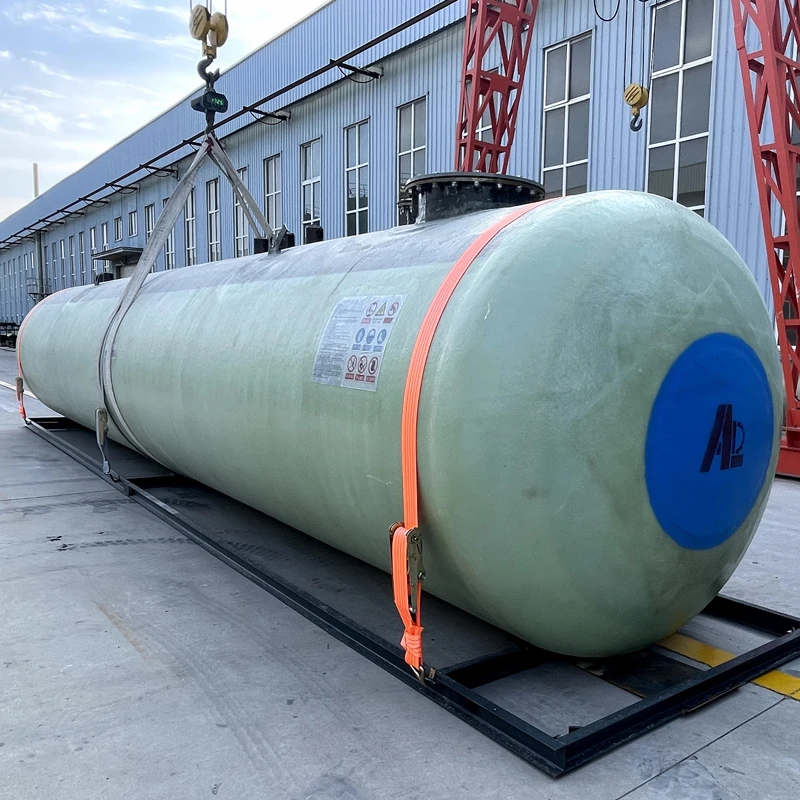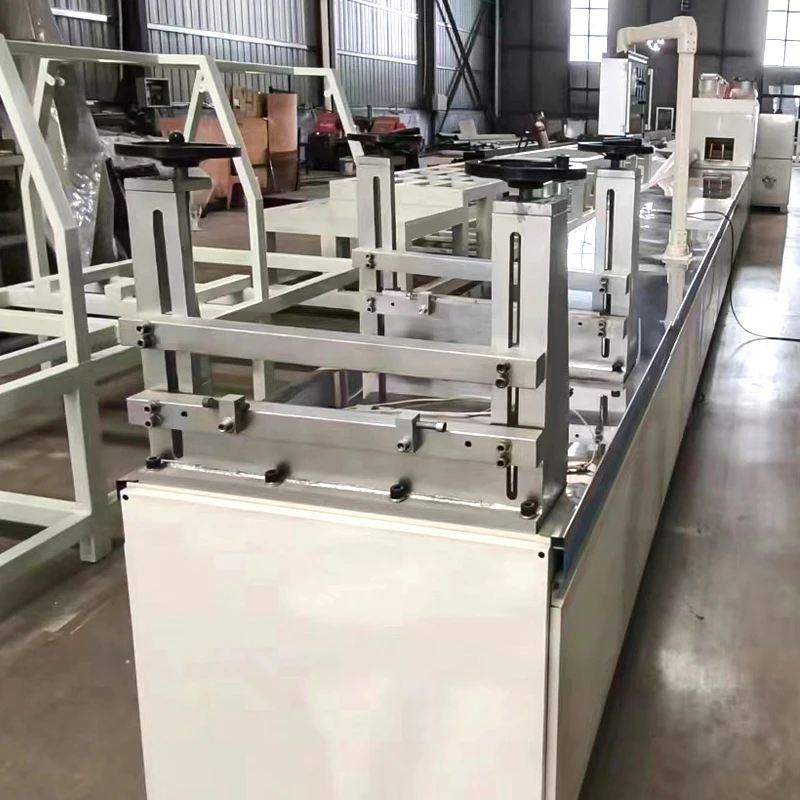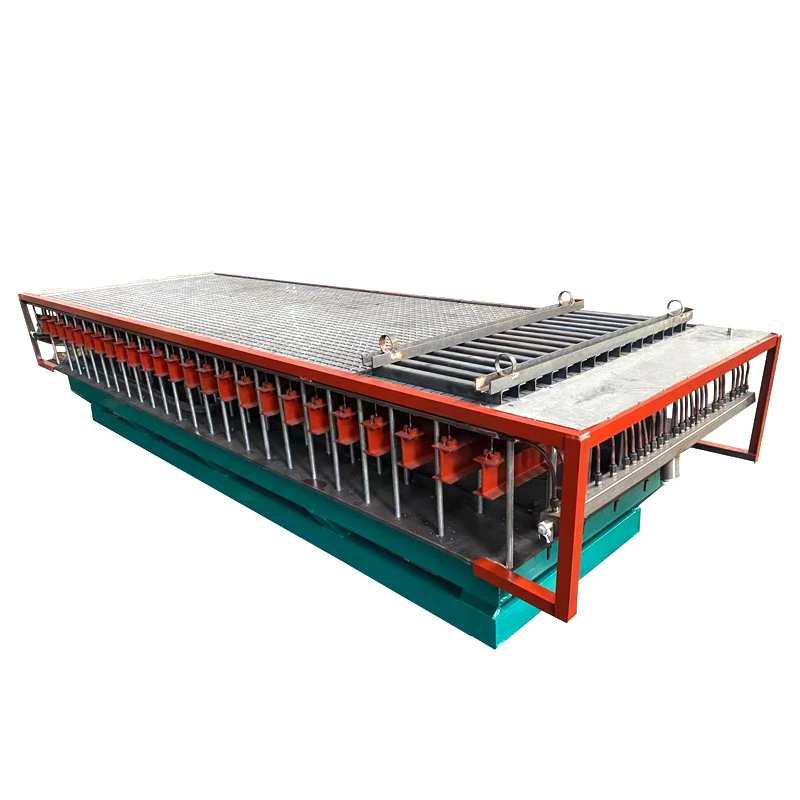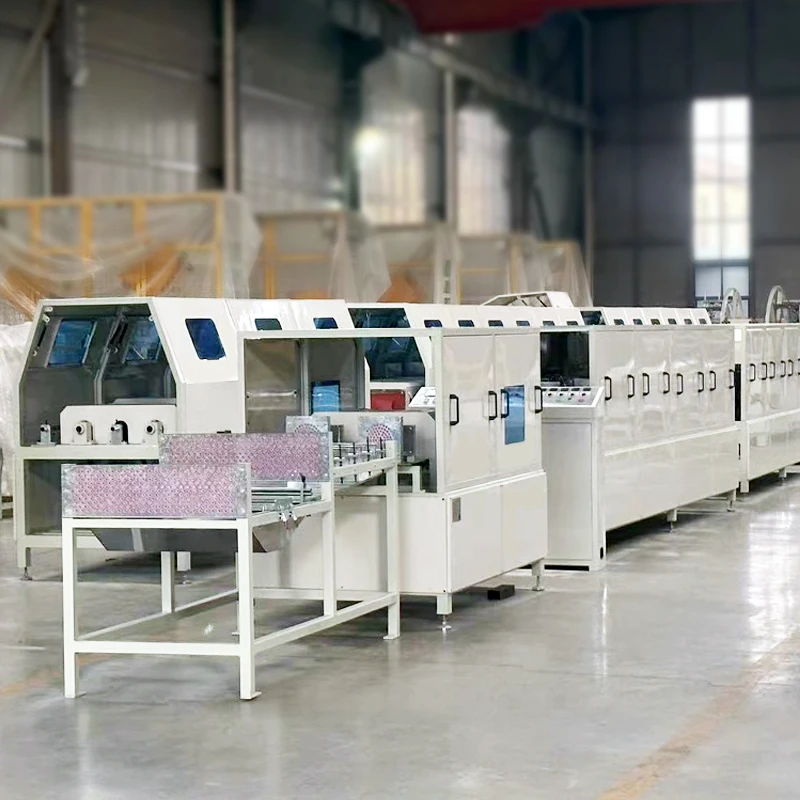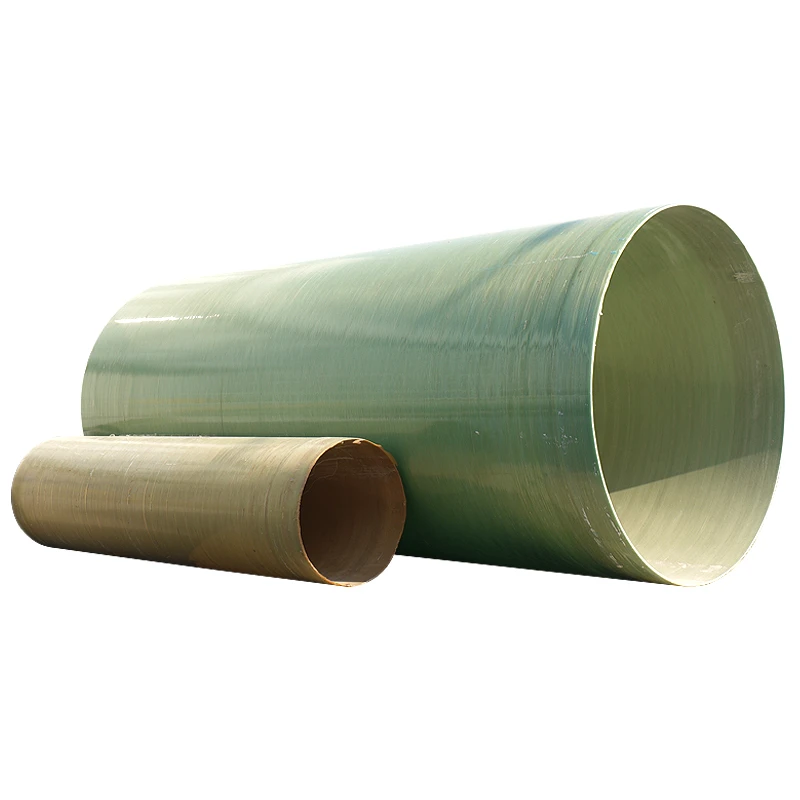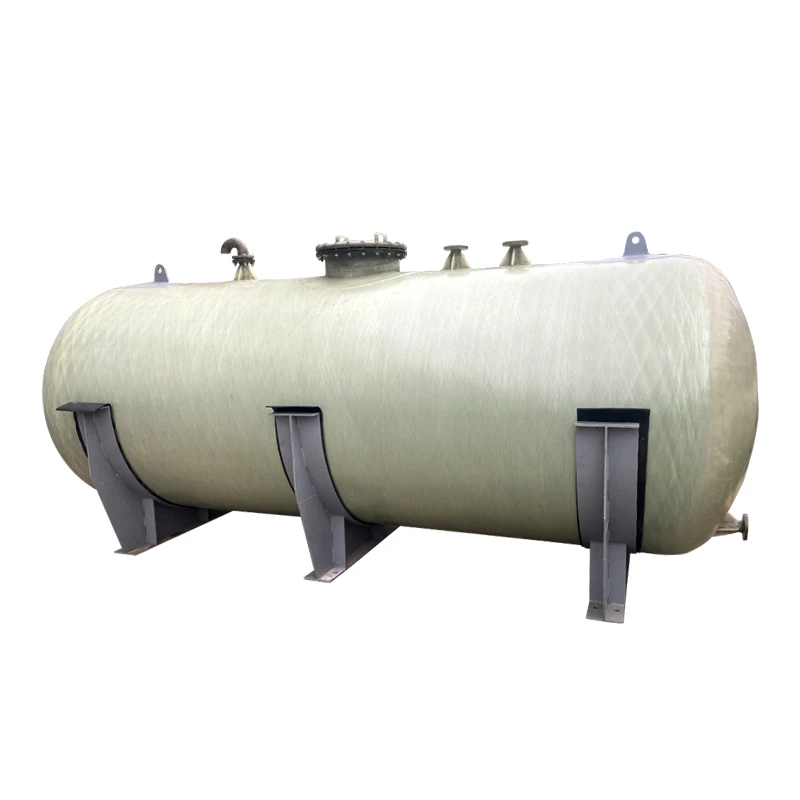Frp Rebar Machine: Advanced Manufacturing Tools
Fiber reinforced polymer (FRP) rebars are increasingly widely used in the field of civil engineering due to their excellent properties such as lightweight, high strength, and corrosion resistance. In conjunction with it, the Frp Rebar Machine, as an advanced manufacturing tool, also plays an increasingly important role in infrastructure construction. It not only improves the efficiency and accuracy of FRP rebar processing, but also promotes the application of FRP rebar in a wider range of fields.
The progressiveness of Frp Rebar Machine is first reflected in its degree of automation and precision control capability
Compared to traditional manual bending methods, Frp Rebar Machines typically use CNC systems that can automatically complete bending tasks according to preset programs. The operator only needs to input the required bending angle, bending radius, and rebar specifications, and the machine can accurately process according to the requirements. This automation operation significantly improves production efficiency, reduces manual operation errors, and ensures machining accuracy, especially when facing large-scale, high-precision engineering projects, its advantages are more obvious.
Secondly, the design of Frp Rebar Machine fully considers the special physical properties of FRP rebars
Due to the high tensile strength but relatively low shear strength of FRP rebar, traditional metal steel bar bending equipment is prone to damage or even fracture of FRP rebars. Modern GFRP rebar machines typically use a softer bending method, effectively avoiding damage to FRP rebar by optimizing the shape of the bending mold and adjusting the bending speed. In addition, some advanced Frp Rebar Machines are equipped with online monitoring systems that can monitor the mechanical parameters during the bending process in real time, adjust the bending strategy in a timely manner, and further improve the processing quality.
More importantly, the Frp Rebar Machine has expanded new possibilities for the application of FRP rebars
Through bending machines, FRP rebar can be processed into various complex shapes to meet the needs of different engineering structures. For example, it can be bent into forms such as stirrups and spiral bars to reinforce infrastructure such as bridges and tunnels. This flexibility enables GFRP rebar machines to better replace traditional steel bars and demonstrate their outstanding performance advantages in some special environments.
However, we should also recognize that the development of Frp Rebar Machine still faces some challenges
For example, the price of the equipment is relatively high, and there are also high requirements for the technical level of the operators. In addition, corresponding bending molds and parameter settings need to be developed for different types and specifications of FRP rebars. Therefore, the future development direction of GFRP rebar machine should be to reduce equipment costs, simplify operation processes, and further improve the universality and intelligence level of the equipment, so that it can adapt to more types of FRP rebar processing needs.
In summary, Frp Rebar Machine, as an advanced manufacturing tool, plays an increasingly important role in the processing and application of FRP rebars due to its automation, precise control, and adaptability to the characteristics of FRP rebars. With the continuous advancement of technology and the expansion of application fields, Frp Rebar Machine will play a more critical role in future infrastructure construction.
Frp Rebar Machine FAQs
1: What is the main purpose of Frp Rebar Machine? What are the advantages compared to traditional steel bars?
1: This equipment is used to produce fiber-reinforced polymer (FRP) reinforcement materials, replacing traditional steel and suitable for corrosive environments such as marine engineering and chemical facilities. Core advantages:
Corrosion resistance: No rust, with a lifespan of over 100 years.
Lightweight and High Strength: The tensile strength is 23 times that of steel, and the weight is only 1/4.
Non magnetic: Suitable for electromagnetic sensitive scenarios such as hospitals and laboratories.
2: What is the production process of Frp Rebar Machine?
2: The fully automated process includes:
- Fiber conveying: Glass/carbon fibers are led out from the yarn rack.
- Resin impregnation: through an epoxy/vinyl ester resin tank.
- Molding and curing: extrusion mold shaping, UV or heating curing.
- Surface treatment: Sandblasting or film coating enhances the bonding strength with concrete.
- Cutting and packaging: automatic fixed length cutting and finished product winding.
3: What are the core technological highlights of modern Frp Rebar Machine?
Intelligent tension control: Ensure uniform distribution of fibers and avoid strength defects.
Online quality monitoring: Infrared sensors detect resin content and curing degree.
Modular design: Quickly switch between producing different diameters (φ 6mm, φ 32mm) and fiber types.
Low energy curing: Microwave or high-frequency heating technology can save more than 30% energy.
4: In which engineering fields has Frp Rebar successfully replaced steel bars?
Infrastructure: Cross sea bridges, tunnel support, and buildings on saline alkali land.
Energy: wind power foundation, anti-corrosion structure of nuclear power plants.
Transportation: Maglev tracks, road reinforcement in frozen soil areas.
Military industry: concealed engineering, blast resistant facilities.
5: What is the future development trend of Frp Rebar Machine production technology?
Green manufacturing: using plant-based resins (such as linseed oil epoxy) and recyclable fibers.
Digital twin: Optimizing process parameters through virtual simulation to reduce trial and error costs.
Multi functional integration: Directly embed fiber optic sensors during production to form intelligent structural health monitoring reinforcement materials.
Ultra high performance: Nano modified resin enhances impact resistance and fatigue performance.

